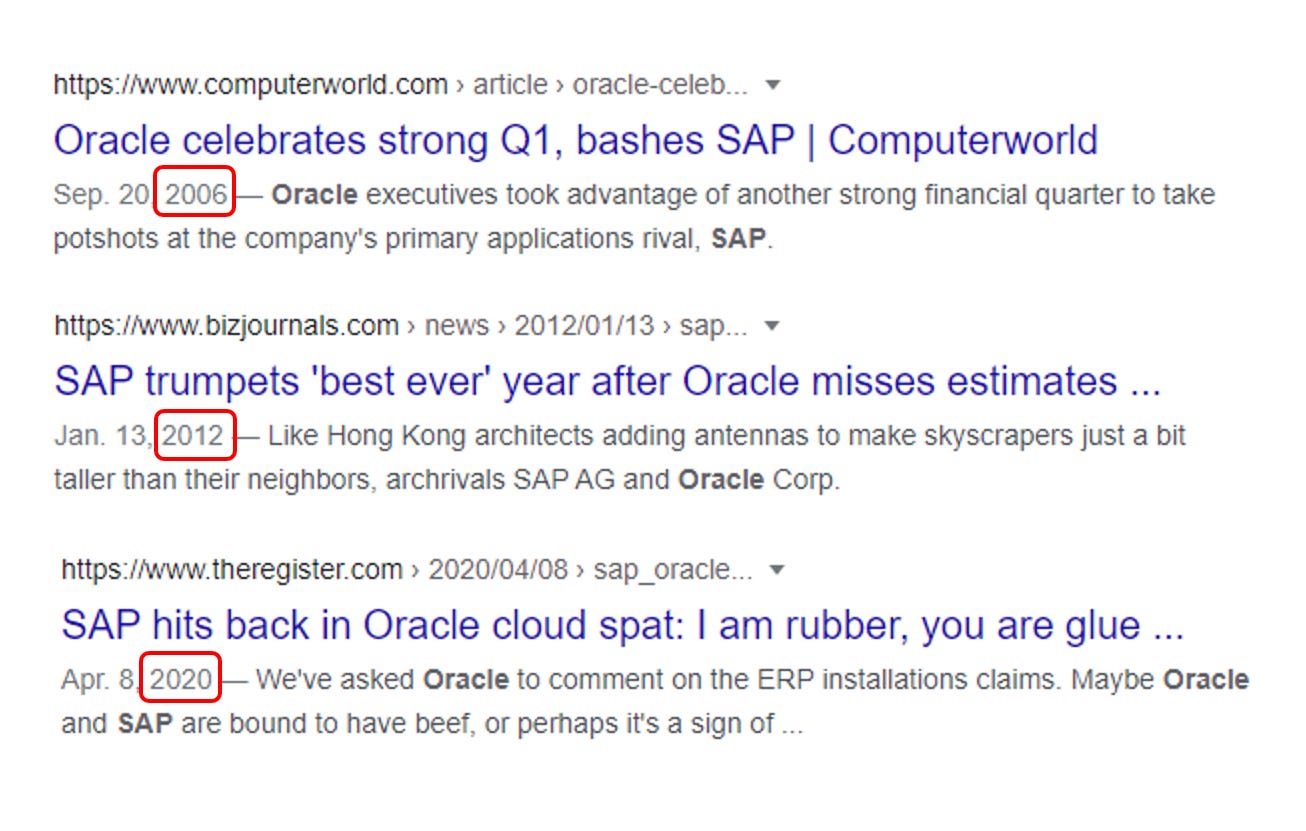Snowbricks & Dataflake: Part Two
The next SAP and Oracle?
This is Part Two in a two-part series. Part One here.
TL;DR
Snowflake is moving into processing. Databricks is moving into storage.
The two hottest data companies in the world are looking increasingly similar. I wrote about this shift a couple months ago, in Snowbricks & Dataflake: Part One.
Here in Part Two, I’m diving into a fascinating parallel I stumbled upon. The more I dug into the histories of Snowflake & Databricks, the more similarities I found to two of the world’s most storied enterprise software companies: SAP and Oracle.
After 50 years of SAP & Oracle reigning as data storage & processing powerhouses, Snowflake and Databricks are the up-and-coming 21st century duo with a shot at enterprise software domination.
SAP & Oracle… really?
Now, for the skeptics saying “But SAP & Oracle are multi-faceted enterprise software, that’s totally different from these analytics companies”—you’re not wrong. I’m not suggesting the business models of SAP/Oracle & Snowflake/Databricks are one and the same, or that they’re solving the same customer need today.
That said, there is an important point of overlap in the Venn diagram that is worth noting—specifically, a core tenet of both pairs is that they provide a unified storage layer for enterprise data.
As a result, these four companies are similar in their DNA: each one is a critical, hugely important piece of enterprise infrastructure. While these companies—especially the newer pair—claim to serve clients of all shapes and sizes, the bulk of their revenues mostly come from the higher end of the market (e.g., Fortune 500).
Die-hard data folks might think that SAP is an odd-one out in this foursome. Yes, Oracle has a much deeper database DNA (one friend described Oracle to me as “a database that happens to be used as an ERP”), and it falls more frequently into the Teradata/Redshift/etc. comparisons than SAP does. But SAP, too, is a database giant in its own right, despite being more ERP-first.
The similarities run deep
So, what was it that struck me so much in digging into these companies’ histories?
First and foremost, the founding stories of Snowflake and Databricks map 1:1 to those of SAP & Oracle, almost scarily closely. Even their damn company colours are the same.
Here’s a summary:
Okay, so let’s get this straight.
We’ve got:
Smart European founders fed up with big tech, with SAP & Snowflake
An academia-led origin story, with Oracle & Databricks
Both pairs being founded in very close succession (1970s & 2010s)
Beyond these objective, simpler points—there’s also a narrative similarity around starting off as companies that looked totally different on paper, but gradually crept into one another’s spaces, with increasingly overlapping ambitions.
In Part One, I described how Snowflake started as a data warehouse company and Databricks started as a data processing company—and now, the two companies very much do both.
With SAP & Oracle, SAP started much more so on the HR & supply chain management / enterprise enablement side, and Oracle on the more hardcore database side—and, again, while each one has their specific areas of DNA and individual strength (e.g., Oracle in databases), their capability sets are, by and large, the same.
SAP and Oracle have a long-standing acrimonious relationship, and they aren’t secretive about it. Just check out these headlines:
In 2021, their public altercations remain 🔥 as ever:
(Why do I even watch reality TV?! Enterprise software drama just hits different.)
While SAP & Oracle have been at each other’s throats for decades, interestingly Databricks & Snowflake haven’t had any public beef to date—at least, none that I’ve seen. Is the lack of drama just a symptom of their relatively young age and competitive history? Might they grow up and get this catty one day?
What does the future hold?
If one were to extrapolate the trajectories of Snowflake & Databricks based on those of SAP & Oracle, it’s important to consider the state of the market given that these companies were founded in such different eras.
The enterprise software market—and, well, the world in general—have changed a lot in fifty years. After all, when SAP and Oracle were starting up, most employees in the businesses they were selling to didn’t have computers, let alone cell phones.
While Snowflake & Databricks have a great shot at becoming even more established as leaders in the white-hot analytics market in the coming decade, the world moves a lot more quickly now than it did back then. It’s never been easier to start a company. Product-led growth has replaced entrenched enterprise sales models, meaning the purchasing dynamics have been turned on their head, with the buyer more often being the end user rather than, say, the CTO. And with better integration options, data workers are using more point solutions than all-in-one enterprise platforms.
So… will Databricks and Snowflake be the next SAP & Oracle? Will they become the new default red & blue in enterprise data? Do they have 50+ year longevity?
I’d love to hear what you think!
With thanks to Nick Deshpande & Colleen Tartow for reviewing drafts.






